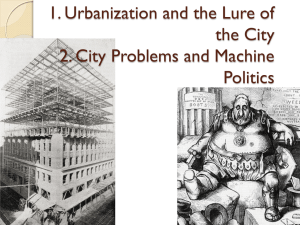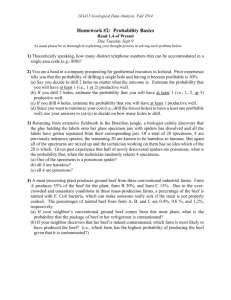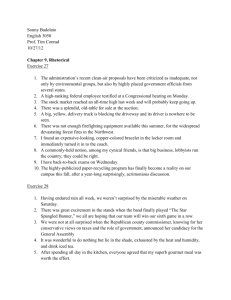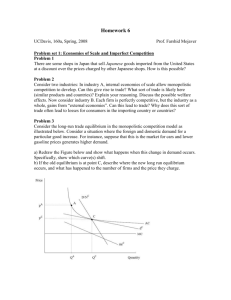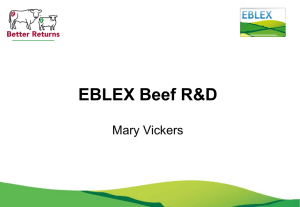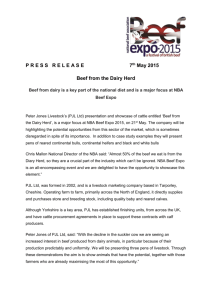Case Presentation v4
advertisement
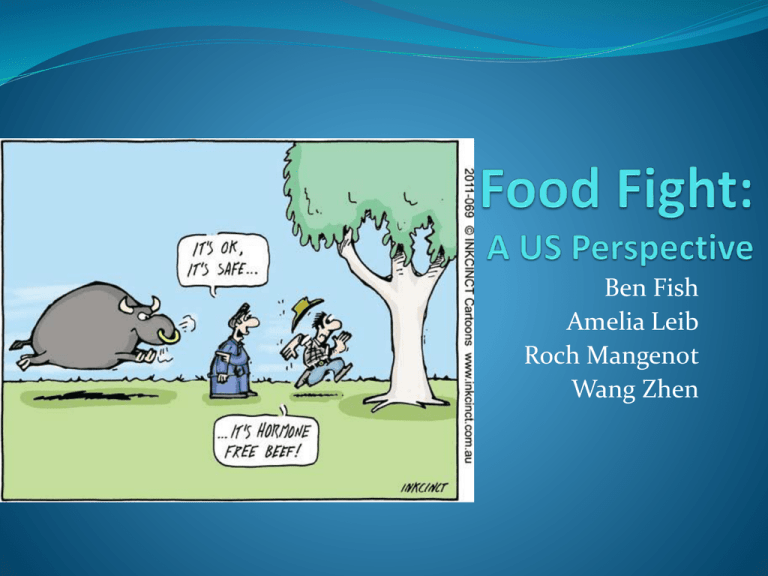
Ben Fish Amelia Leib Roch Mangenot Wang Zhen Introduction/Background Disagreement over beef treatment due to separate agricultural policies. Brief history of beef hormone use (US vs. Europe). 1954 – DES (Diethylstilbestrol) approved by the FDA. 1979 – DES banned in United States. 1981 – Growing concerns in Europe. 1989 – Europe bans hormone use; US retaliates via 100% Tariffs (worth $100 million). 1996 – WTO gets involved in resolution. 2005 – Still pending resolution. Basis for US Policy Based on scientific data and fact Rely on FDA for control Allow hormones to be utilized in beef production as long as approved by FDA. Aimed at Protecting business and beef industry US Perspectives/Approaches As long as there aren’t any damaging effects to humans beef would be safe for consumption. Countries should not put a ban on US beef. Beef labeled USDA should be able to be sold in Europe. Economic collapse. Would hurt cattle farmers by forcing destruction of inventory and formation of new cows. How ties into US Policies Business influence. Chiquita banana example; big business voiced concern to government which then intervened. Fair trade and equality. US felt burned by ban on beef exportation which resulted in increased tariffs on European beef. US brand recognition. USA marketplace presence across the world. Future Outlook Have the WTO accept a method to allow both hormone and non-hormone beef available for purchase in Europe. Ask WTO to incorporate US scientific methods for all international policies. Provide information for the European public on the safety of hormone usage in beef production. Have a cultural understanding to arrive at a resolution. Questions?


